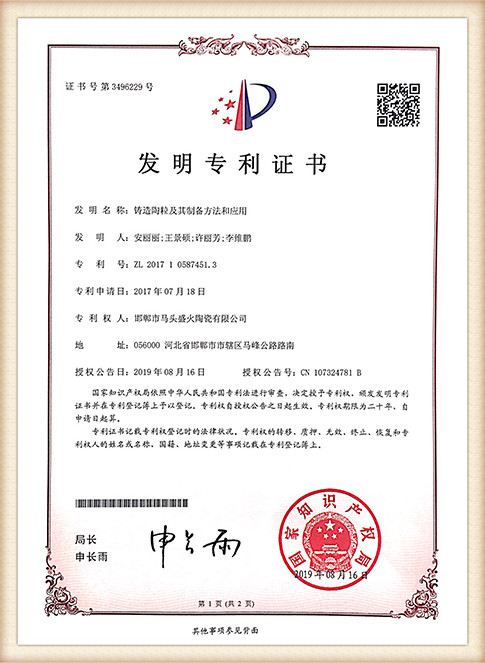Low volume sand casting is an essential manufacturing process often overlooked in favor of high-volume production techniques. However, it offers unique benefits that cater to specific industries and applications. This article explores the intricacies, advantages, and typical uses of low volume sand casting.
At its core, sand casting involves creating a mold from a sand mixture and pouring molten metal into this mold to create desired components. The term low volume typically refers to production runs ranging from a few units to several hundred, making this method ideal for prototypes, custom pieces, and specialized components that do not require mass production.
One of the significant advantages of low volume sand casting is its cost-effectiveness. The initial investment in tooling is relatively low compared to more advanced methods like injection molding or die casting. This is especially beneficial for startups and small businesses that need high-quality parts without incurring the costs associated with larger production runs. Furthermore, the flexibility in design allows for rapid iterations and modifications, which is a vital aspect for industries engaging in research and development.
Sand casting is also known for its versatility in producing components from a variety of metals, including aluminum, iron, and bronze. This adaptability means that custom alloys can be used to meet specific performance criteria, resulting in parts that are tailored to specific applications, whether it’s for automotive, aerospace, or artistic endeavors.
low volume sand casting

Another noteworthy aspect of low volume sand casting is the accessibility of the process. The materials and equipment required are relatively easy to acquire, making it a feasible option for many manufacturers. Additionally, the learning curve associated with sand casting is manageable, allowing engineers and craftsmen to quickly acquire the skills needed to produce high-quality parts.
Sustainability is becoming an increasingly important consideration in manufacturing, and low volume sand casting aligns well with this trend. The materials used in sand casting can often be recycled multiple times, reducing waste and resource consumption. The process itself also generates less energy compared to high-volume methods, which often involve complex machinery and longer production times.
In conclusion, low volume sand casting stands out as a practical and economical solution for producing custom metal parts. Its flexibility, affordability, and suitability for small production runs make it particularly advantageous for industries requiring tailored components. As technology advances and the demand for customized solutions grows, low volume sand casting is likely to remain a vital manufacturing method well into the future.
Post time:Верас . 14, 2024 14:52
Next:heath ceramics sand
